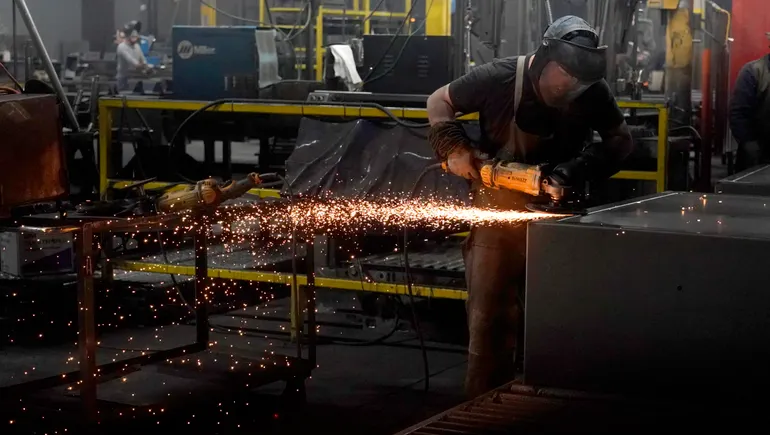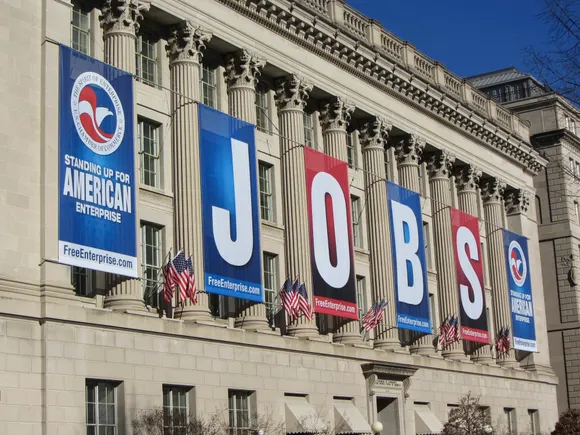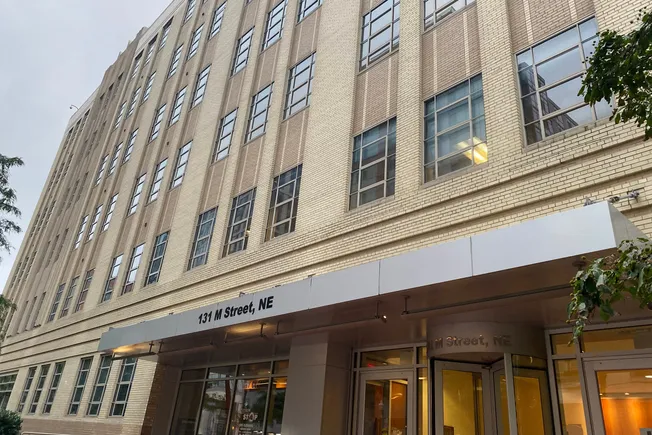After a year of mass layoffs and uncertainty, 2026 could stabilize hiring trends and bring equilibrium to the U.S. labor market, according to a Nov. 18 report from HireQuest.
In particular, the job market appears to be stabilizing around skills-based hiring, the report found. In addition, late 2025 layoffs could reset — but not reverse — the market, as well as spur employee reskilling and contract-based hiring.
“2026 won’t be defined by a hiring boom or a bust but by more balance,” Rick Hermanns, president and CEO of HireQuest, said in a statement. “We’re seeing a labor market that’s stabilizing around new priorities: flexibility, fit and the kind of skilled work that can’t be automated.”
In a survey of more than 400 staffing and recruiting offices, hiring trends appear to be shifting toward fewer extremes, reallocation across industries and skill levels and stronger alignment between employer and employee demands.
For instance, 68% of offices said time-to-fill for open roles stabilized in 2025, and 61% anticipate time-to-fill remaining stable in 2026. Fractional and contract roles also increased, signaling a blended workforce model in the year ahead.
Recruiters predicted certain trends in 2026, such as automation and artificial intelligence tools speeding up the recruitment process and improving match quality, shifts in tariff policies reigniting construction and manufacturing jobs, and pay and expectation gaps widening as employers seek “unicorn” talent at pre-2020 rates.
Sectors with the most growth in 2026 will focus on skilled positions “where human skill remains indispensable,” according to HireQuest, such as those in manufacturing, construction, healthcare, life sciences, supply chain and logistics.
Amid market stabilization, the employee-employer power balance has shifted back to employers, according to a Glassdoor report for 2026. Rolling layoffs, return-to-office pressure and a growing employee-leader disconnect have prompted employees to reexamine their engagement and what to do next year, the report found.






Leave a Reply